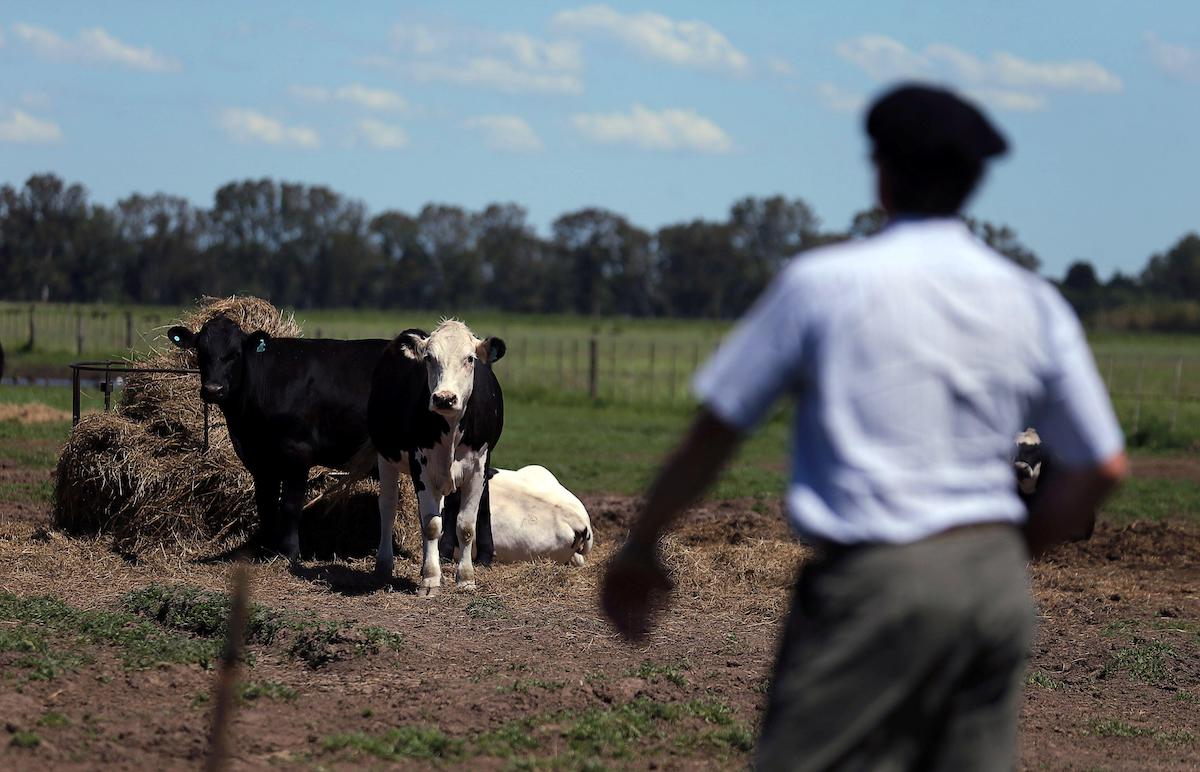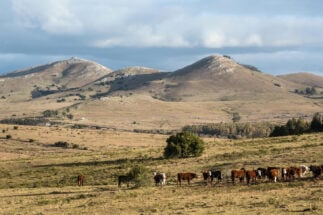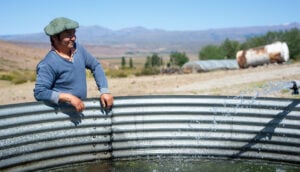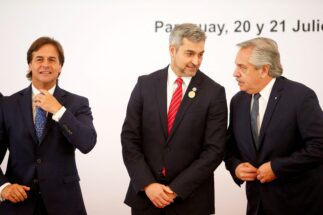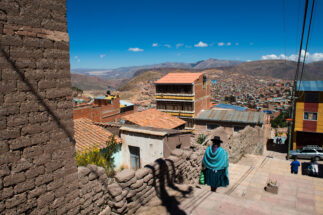Despite commitments made at COP26 last November, the adoption of measures to reduce methane emissions from livestock farming do not yet appear to be a central objective for South America. It is, at best, a nascent goal, involving short-range government plans, some field studies and research that is still in its early stages.
32%
Releases from livestock manure and belches are estimated to account for 32% of human-driven methane emissions, according to the UN Environment Programme
While there is a prevalent and persistent perception in some quarters of the industry that the activity can be environmentally neutral, there is a broad scientific consensus that livestock farming is one of the world’s leading sources of methane emissions. Livestock emissions from manure and gastroenteric releases are estimated to produce approximately 32% of human-driven methane emissions. In countries where the sector is more dominant, this percentage can be much higher.
Brazil, Argentina and Uruguay – all among the world’s top 15 beef producers – have a significant role to play in meeting the targets set at the last United Nations Climate Change Conference (COP26), where over 100 nations pledged to reduce methane emissions by 30% by 2030. Although all three countries are signatories to the pact, the outlook is complex, and there is still a long way to go.
“The reduction of methane is a global commitment, which does not have specific goals for each country,” cautioned Kelly Witkowski, manager of the Climate Change and Natural Resources Programme of the Inter-American Institute for Cooperation on Agriculture (IICA). She reported that the agricultural sector is responsible for 48% of the region’s methane emissions, but explained that the reality of the sector is “very diverse” and that there is no “silver bullet that will solve the methane problem on its own”.
What is being done?
Though up to 80 times more potent than carbon dioxide, methane has a significantly shorter life in the atmosphere – around 12 years – so the elimination of the gas can achieve rapid gains in the goal of limiting global warming. Despite resistance from some political leaders and the private sector, Brazil, Argentina and Uruguay are beginning to take action to reduce their methane emissions.
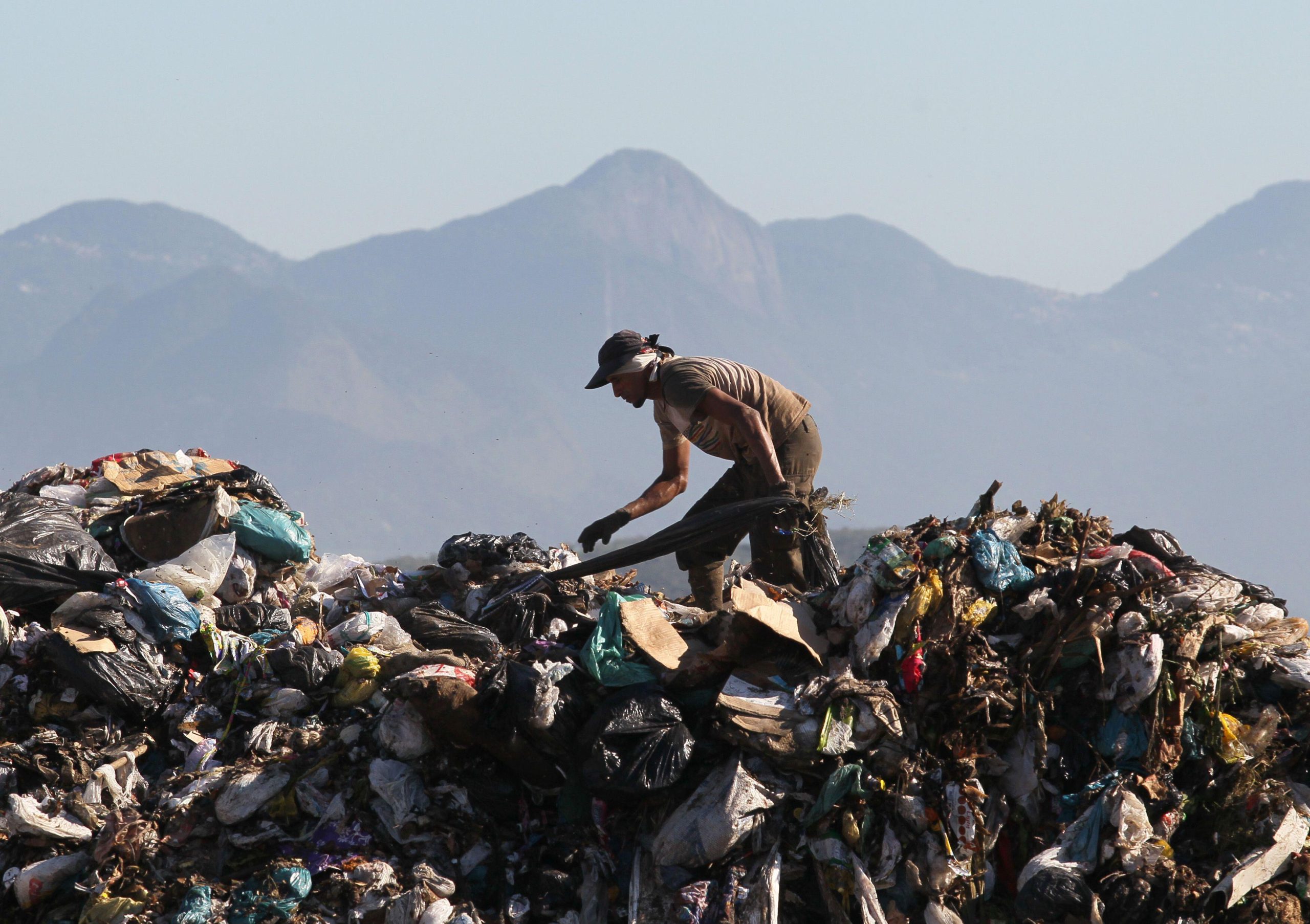
Signs of a shift were seen at a recent forum entitled “Methane in Livestock: The Road to Climate Neutrality”, which took place in São Paulo at the beginning of May, organised by the Brazilian food company JBS, the world’s largest meat processor. Among the 23 experts who spoke at the event was Fabiana Villa Alves, director of the Department of Sustainable Production and Irrigation at Brazil’s Ministry of Agriculture, Livestock and Supply. She told Diálogo Chino that three types of technology are currently being applied in the country: those that work on the soil, those that improve the genetics of livestock, and those involved in animal nutrition.
The official is one of those responsible for the national ABC Plan for adaptation and low-carbon agriculture, launched in 2010 and updated in 2020, which encourages the adoption of new approaches by livestock producers. One of them was recently highlighted by the Financial Times, which consists of increasing the stocking rate and breeding animals at an earlier age, a process that results in the same amount of meat but with lower methane emissions.
Another recent development in Brazil was the commercial approval of a methane-reducing feed additive manufactured by European chemist DSM. As officially reported by the company, a trial conducted at the Paulista State University between 2016 and 2017 recorded a reduction of up to 55% in gastroenteric methane emissions with its use in cattle.
Any of these options requires an investment that is not easy for a small- or medium-sized producer – the dominant profile in the region. “Therefore, for methane reductions to be sustainable, they have to provide additional benefits in terms of resilience, lower costs or higher productivity,” said Kelly Witkowski of IICA.
Rather than reducing total emissions, the main focus in these countries is on decoupling production levels from environmental impacts. This was stated by Guillermo García, environmental lead for the Regional Consortium for Agricultural Experimentation (CREA), a movement which brings together 2,000 agricultural companies in Argentina.
For methane reductions to be sustainable, they have to provide additional benefits in terms of resilience, lower costs or higher productivity
“The aim is to improve efficiency and thus reduce the intensity of emissions – to reduce the tonnes of greenhouse gases per kilo of meat produced,” said García, who shared his own research, in which he demonstrated how certain herd management approaches (for example, increasing the percentage of early weaned calves), could reduce emissions intensity by up to 10%.
Recently, another study, carried out by the National Institute of Agricultural Technology and a national university, found a 25% reduction in methane emissions per kilo for a group of animals fed a winter supplement of maize.
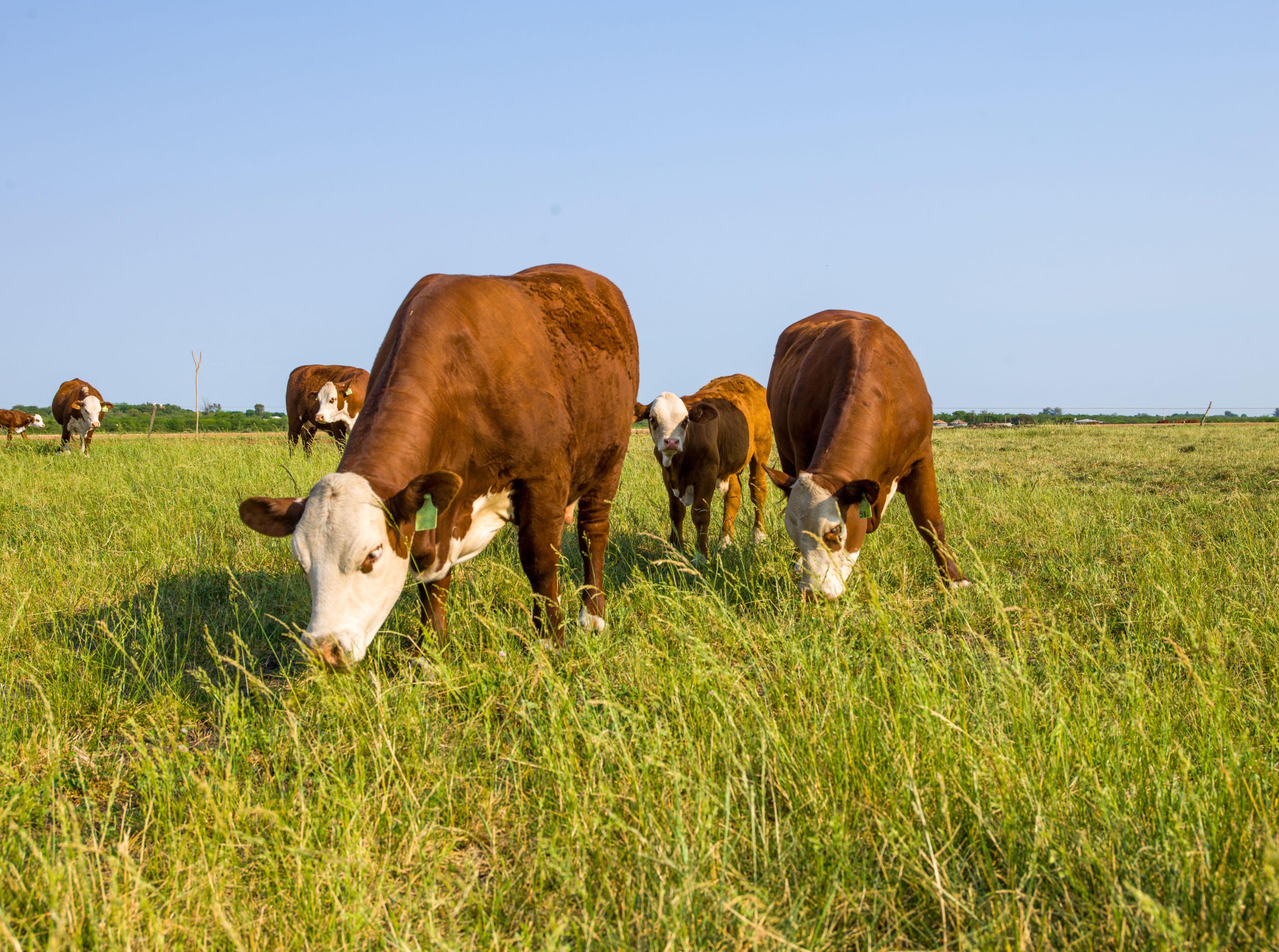
According to Víctor Tonelli, an Argentine livestock analyst and consultant, these innovations “are still in the development stage, and are still not being transferred directly to the producer”. Part of the problem, he believes, is that the Argentine leadership itself promotes the idea that local production methods are a solution rather than a problem. This is done not only by the political authorities, but also by representatives of the meat industry. Furthermore, a plan was recently launched in Argentina which, despite including a chapter on sustainability, emphasises among its main objectives the need to increase livestock stocks.
On the other side of the La Plata River something similar is happening: the Uruguayan government supports research projects to increase the efficiency of the herd, with one recently presented whose results suggested greenhouse gas emissions per kilo of meat could be reduced by 16%. At the same time, it is working on a study that will include 13 indicators to measure the footprint of livestock farming, one which “will place the country at the forefront in environmental matters”, as senator Sebastian Da Silva, president of the Committee on Livestock, Agriculture and Fisheries, told Diálogo Chino.
Around efforts to reduce methane and broader emissions, many in the industry have been keen to position livestock farming as a potentially emission-neutral activity, one in which emissions are offset by carbon storage in the soils of pastures. This argument has been heard particularly in Argentina and Uruguay, where livestock farming-driven deforestation has been comparatively lower than in neighbouring Brazil.
Different challenges
Rafael Terra, a lecturer at the University of the Republic of Uruguay who specialises in climate risk management, argues that the characteristics of the countries in the region should be differentiated when thinking about methane solutions for the sector.
“I think that this is part of the clumsiness of certain discussions, which does not distinguish between production systems. We must improve the digestibility of the natural pastures [as grass-fed cows have been shown to emit more methane], without losing the structure of the natural pastures, adjusting the load to work with more grass, so that the pastures’ matrix does not deteriorate and so that emissions are lower,” said Terra.
Terra, like others consulted, is keen to highlight differing circumstances in respect to countries’ methane emissions and the global objective of a 30% reduction over the next decade. Brazil – which also faces difficulties due to the high rates of deforestation in the Amazon – is the fifth largest emitter of methane in the world, but still produces three times less than the leading country, China. Argentina, meanwhile, emits three times less than Brazil; and Uruguay six times less than Argentina.
A relatively smaller impact at the global level should not be an excuse to prevent the development of more sustainable production alternatives, however. Nor should one simply rely on global dietary changes in shifts towards plant-based diets, when the overall level of meat consumption is projected to increase. As Marcelo Mena, executive director of the Global Methane Hub, recently told Diálogo Chino, dietary shifts for environmental reasons, seen mainly in the global north, are “not enough”. Mitigation actions must be deepened across the world, across sectors, and Latin America must play a leading role in this process.
